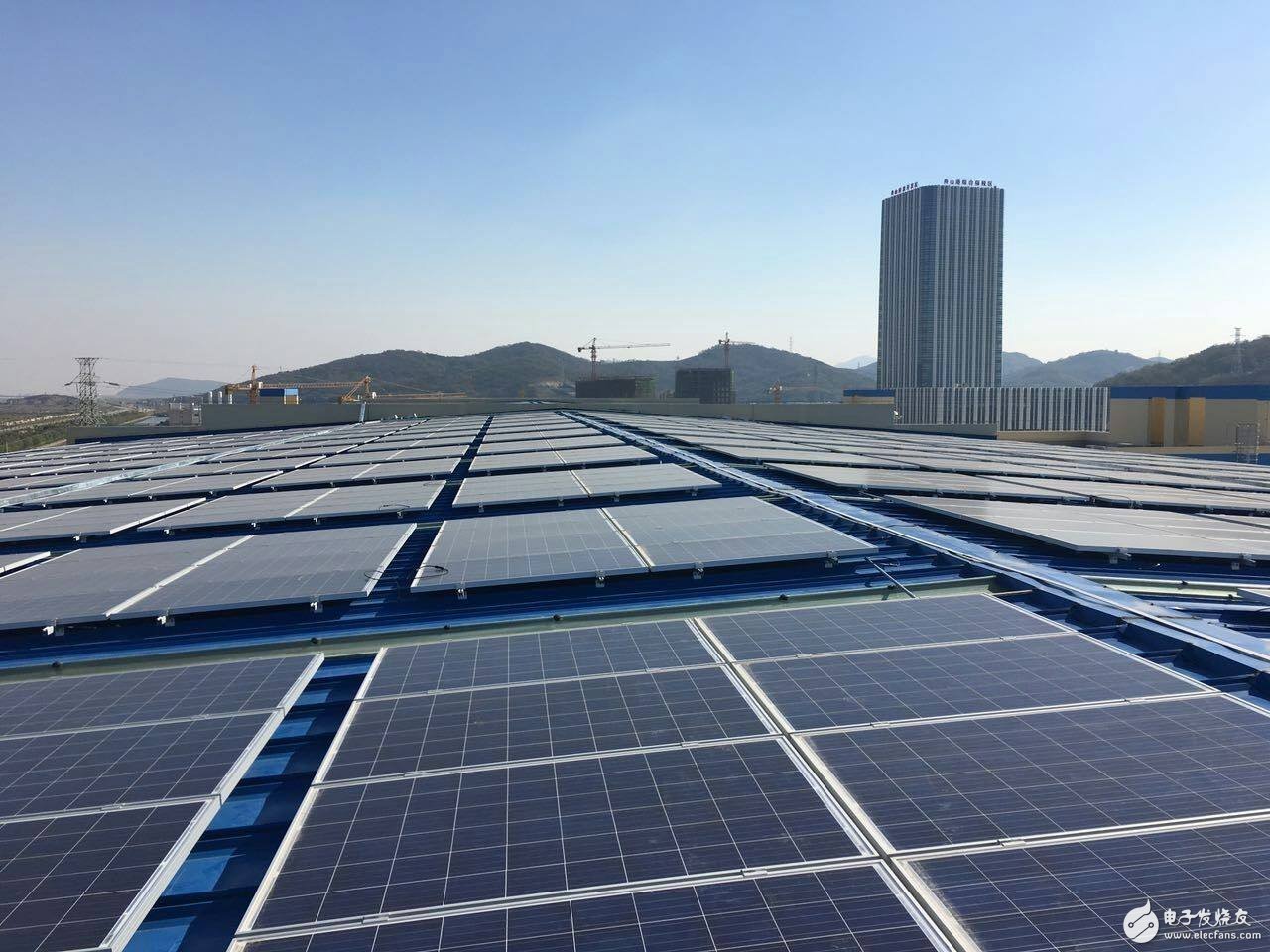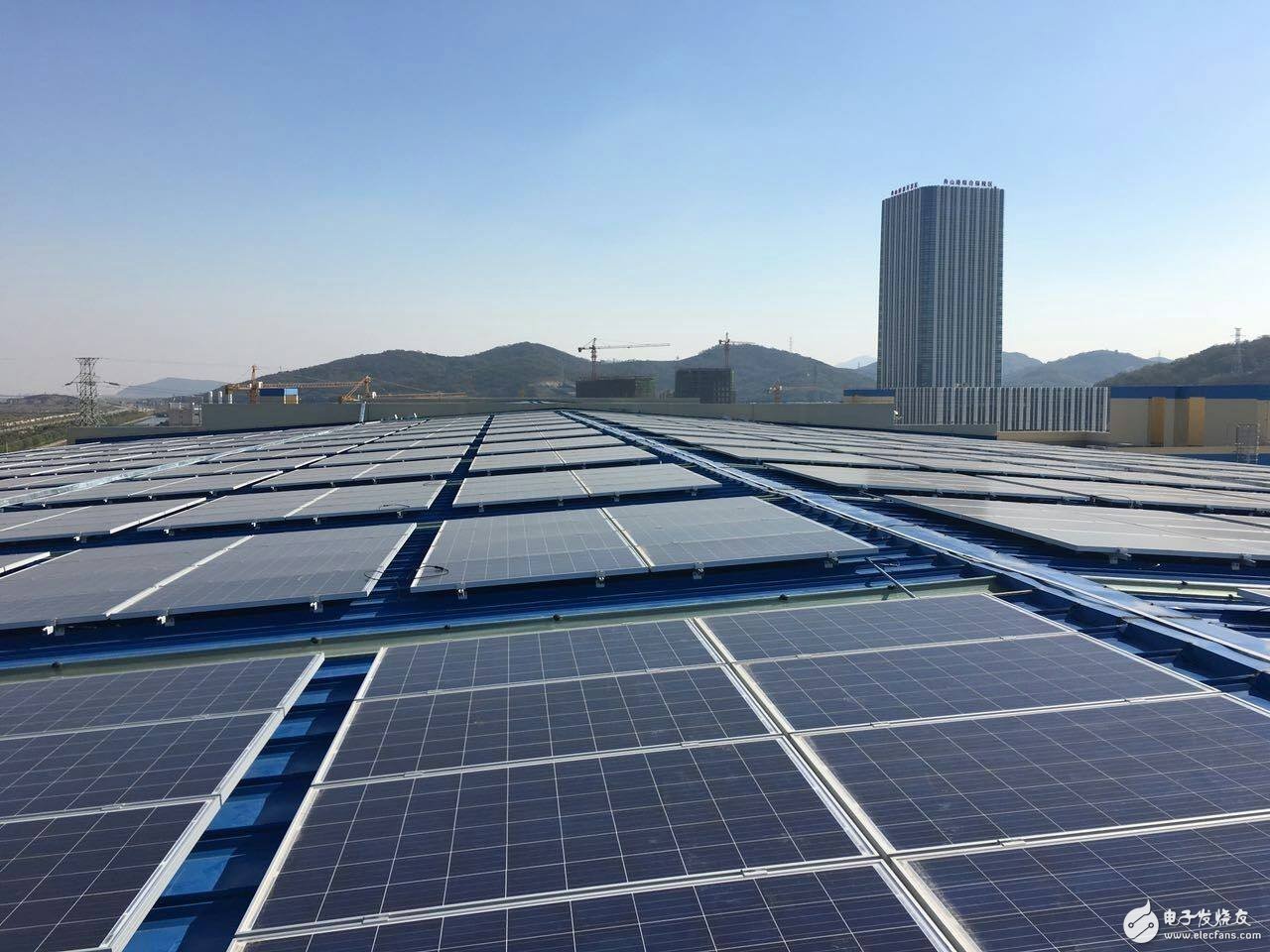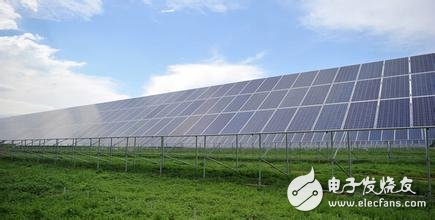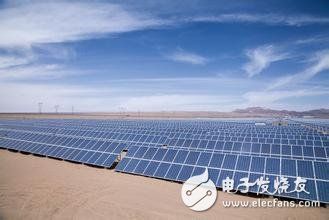Distributed power generation usually refers to a power generation system that is deployed in the vicinity of a user with a decentralized resource and a small installed scale. Generally built on the user side, the electricity produced is mainly used by itself. Such projects must be connected to the public grid to provide power to nearby users along with the public grid. Without the support of the public grid, the distributed system cannot guarantee the reliability and power quality of the users. Specifically, it is built near the user's site, and the operation mode is a photovoltaic power generation facility characterized by user-side self-use, excess power consumption, and balance adjustment in the distribution system.
Distributed photovoltaic power generation refers to a distributed generation system that uses photovoltaic modules to directly convert solar energy into electrical energy. It is a new type of comprehensive utilization of power generation and energy with broad development prospects. It advocates the near-generation power generation, the nearest grid connection, the nearby conversion, and the principle of near use, which can not only effectively increase the power generation capacity of photovoltaic power plants of the same scale, but also Effectively solve the problem of power loss in boost and long-distance transportation. Follow the principles of local conditions, clean and efficient, decentralized layout, and close utilization, and make full use of local solar energy resources to replace and reduce fossil energy consumption.
At present, the most widely used distributed photovoltaic power generation system is a photovoltaic power generation project built on the roof of urban buildings. Such projects must be connected to the public grid to provide power to nearby users along with the public grid.

Distributed photovoltaic is gradually becoming a hot spot for market investment. Compared with ground power plants, distributed photovoltaic power plants have small and scattered characteristics. Then, from the development, design to construction and operation, the distributed photovoltaic power plants need to sort out the steps. And the process? This article is based on the speech of Ninghai Power Vice President Zhan Haibo on the distributed photovoltaic carnival, covering the engineering and project management of distributed photovoltaic power plants, and interpreting the development and construction of distributed photovoltaic power plants from the details. Related questions. Zhan Haibo believes that the development of distributed projects is closely related to the implementation of the project. The sufficiency of the development affects the smooth implementation of the project, and the smooth implementation of the project has a profound impact on the pleasant cooperation with all parties. Continuous development capabilities have far-reaching implications. Therefore, in the construction of distributed photovoltaic power plants, development plays a pivotal role as a fundamental part of the project.
First, from the perspective of construction, the problems needing attention in the development of distributed photovoltaics
1) Pre-excavation needs to pay attention to the rust and water leakage of the roof. This is a common problem. In the calculation of the load, it is necessary to pay special attention to whether there are pipes, driving, fire fighting systems, etc. inside the plant that will also eat the load of the entire plant. In addition, if the actual construction of the plant and the selection does not match the design drawings, such a situation is very difficult to deal with, the design institute has completed the as-built drawings, and it is necessary to find a third-party appraisal agency, whether from the perspective of the acquirer. There are still certain risks from the perspective of the builder.
2) Pay attention to the problem of land occupation of distributed photovoltaics. In the development stage, more attention will be paid to renting the roof, but each distribution will occupy the land on the ground, and the ground land is not mentioned in many lease contracts. When the PV project comes into construction, this time The party and the owner will propose some specific location requirements, including the negotiation of land rent.
Basically, the distribution of 2, 3MW, the ground covers an area of ​​200 square meters. It is difficult for the factory to provide 200 square meters. Therefore, it is necessary to communicate with the factory in advance during the exploration phase. What is the switch station? The place is very important. At the same time, there are ladders. The independent foundation ladders also occupy the land of the factory. There are often fire pipes and other pipes around the factory, which causes the problem of site selection.
3) Specific issues that need to be addressed during the development phase. Breaking roads and greening have caused some problems for the safety management of the factory, including where to clean the components? Is the water taken from tap water or what water? How is the water fee calculated? Where does the water pump come from? How to arrange the power of the switch station? These are all issues that need to be addressed during the development phase.
There are equipment during the construction process. The construction period is about 1-2 months. At this time, the factory needs to provide certain sites. The construction of scaffolding will affect the production of the enterprise. Does the location of the scaffolding need to consider the passage of the vehicle? Is it necessary to consider the safety of vehicle traffic? These are all issues that need to be specifically addressed.
In addition, the construction of the project often requires the factory to provide an office space. Is the factory willing to provide it? Disagree to provide a way to get a container in the past, take the container as a temporary office. There are also time for work and rest. Foreign-funded enterprises particularly emphasize that no overtime work is allowed, and our workers are not allowed to work overtime. The problem of overtime work at night is inevitable. Whether or not to rob 630, before the grid connection, equipment commissioning with the grid company, night wiring debugging does not work overtime, the difficulty of securing the grid is much more, this needs to coordinate with the factory in advance.

Second, power access approval
There are generally three types of power grid access approvals. The first one is a letter of opinion, which agrees that the project is connected to the network at a certain location. How to connect the network without providing a solution, the opinion letter is not final implementable, and the final is the power access scheme. Generally, it is designed by the institute. There are often several high-voltage lines around the factory. The specific connection point at which the grid connection point has a decisive influence on whether the whole project is actually started. In addition, if there are conditions, try to get the electronic version of the power access plan in advance with the Institute.
Power access approval:
Power access letter: for obtaining record
Power access plan: generally designed by the Institute, should pay special attention to
Power access approval: after the project starts, report to the grid for approval
The focus of power access:
Access voltage level: 10KV/35KV;
Access method and distance:
1) T connection; T is preferred, the distance is short and short, generally about 500 meters;
2) Special line: overhead priority, buried cable (buried directly / pipe)
Configuration:
1) Reactive power compensation: SVG, the smaller the better, it is best not to match. Generally 20~300,000 or so.
2) Protection and communication system: optical communication, T connection can be unmatched
Third, outside construction
Outside construction:
Generally entrusted power companies or their three productions, the price difference is relatively large
Scope: design, procurement, construction, testing, commissioning, contralateral transformation, grid connection
4. The partner intends to participate in the construction of the photovoltaic field
Advantages: convenient communication and adequate local resources
Disadvantages: Development cooperation and project implementation cross, the problems have far-reaching effects:
1) Working at height, the safety risk is greater
2) Once it fails to connect to the grid on time, it cannot bear the risk;
3) Most of them are non-photovoltaic professional teams, lack of experience, and there are many hidden dangers in installation quality such as stepping on components, and they cannot bear the risks;
4) High-voltage electrical operation, the risk of electric shock is greater
5. Factory support and understanding during construction
include:
Unloading, warehousing and storage of materials after they arrive
Wall punching
Breaking cable
Part of the road construction and unloading platform
Cable laying and box-changing equipment installation in the plant area occupy green belt
Cable laying occupies the original pipeline trench and path in the plant area
Factory enterprises cooperate with reinforcement manufacturers to strengthen the plant

Sixth, distributed photovoltaic project management
Compared with ground PV, the distributed PV volume is small and the construction is simple. In the process of distributed project management, the conventional so-called project management: four goals, nine systems, is still needed? The four goals are safety, quality, schedule, and expense management.
1, the characteristics of distributed photovoltaic
Compared with terrestrial photovoltaics, distributed photovoltaics have the following characteristics:
1) Small volume and short construction period
2) The profit margin is small, and the individual project has weak anti-risk ability
3), the local power grid is quite different
4), access point distance, voltage level is limited
5), low participation threshold, professional level needs to be improved
6) The level of localization is relatively high and the level of construction team is uneven.
7) lack of quality control ability
8), "Take too old to start the soil", closely integrated with industrial and commercial enterprises
9), the trilateral project can not be refined design, good design can not be used
2. The focus of project management
The so-called multi-project management capabilities are mainly divided into four main management perspectives, 1), photovoltaic field construction; 2), box change and switch station construction; 3), outside line and access point construction; 4), formalities .
2.1, standardized management
1) Risk assessment before project start-up
2) Project site survey:
Organize a joint exploration team consisting of structural, electrical, and construction departments to ensure that the program is “groundedâ€
3) The project manager goes to the factory to pay the bill and sign the minutes.
4) Construction unit delivery training
5) Project procedures:
By province / Jiangsu Province, quality supervision station
2.2, plan management
According to the characteristics of photovoltaics, the process of implementing several projects has been very detailed in the planning management mode.
2.3, adjust the organizational structure
In view of the distributed project management, the higher requirements put forward for the enterprise multi-project management ability, the conventional project strong matrix management is adjusted to the weak matrix management mode, and the rear command system and the coordination of various departments are adjusted, and the headquarters is more emphasized. Project support and unified scheduling of superior resources.
2.4, build a professional team
In response to project management characteristics, the East Transmission Power Engineering Center has established four secondary departments:
1) Project Management Department: More than 30 first- and second-level construction engineers as project managers
2), technical center: strong professional ability, with independent wiring, debugging, grid connection capabilities
3) Safety and Quality Department: Relevant regulations and inspections for overall planning of safety and quality
4) Information Document Center: Coordinating the preparation and management of archival materials of various projects, cooperating with project quality supervision and acceptance and procedures
2.5, cost control
The cost control of distributed PV has a very large feature, namely, the cost of off-site and grid-connected. If these three costs are allocated to each loop of the distributed project, the cost is often very alarming. The investment in the switchyard has equipment worthy of reduction or worth omitting. The omission of these equipment is often between 50 and 1 million. We have an Anhui project with a planned cost of 6.9 million and finally 3 million. After the adjustment, it is very good. s project.
Gathering key points
For distributed projects, the focus of cost control is not only the conventional photovoltaic field, but also the three major parts of switch station, external line + access point construction and grid connection cost. These three expenses are generally 2 million.
Take: early access, pre-work plan review, independent implementation, etc.
2.6. Bringing design advantages: Through differentiation and design optimization, there is a lot of room to increase power generation and reduce costs.

Fttx-The Last Miles,Fttx - Last Mile Networking Solution,Last-Mile Otdr For Fttx Networks Integrates Opm,Last Mile Fttx Test
Huizhou Fibercan Industrial Co.Ltd , https://www.fibercan-network.com